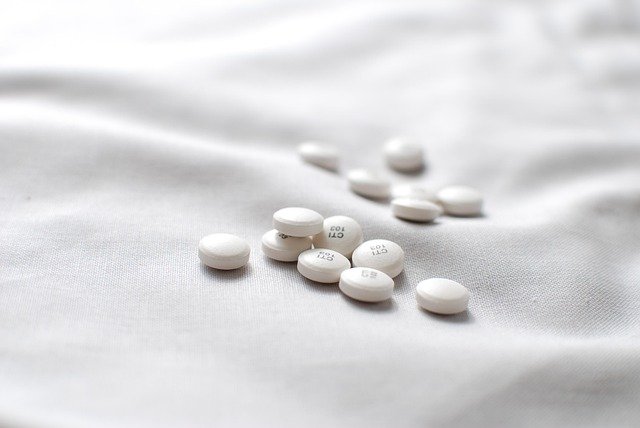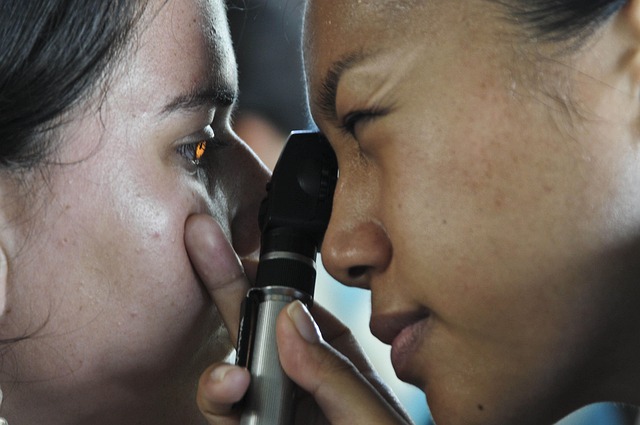Understanding Drug-Induced Angioedema: Causes, Symptoms & Treatment
Angioedema is a swelling under the skin often triggered by allergic reactions, and certain medications are known to cause it. Drugs like ACE inhibitors, NSAIDs, and antibiotics can lead to this condition. Knowing the risks helps in preventing serious reactions.

What Medications Cause Angioedema
ACE inhibitors rank among the most common culprits of drug-induced angioedema, affecting approximately 0.1% to 0.7% of patients taking these blood pressure medications. Popular ACE inhibitors like lisinopril, enalapril, and captopril work by blocking the conversion of angiotensin I to angiotensin II, but they can also affect bradykinin metabolism, leading to increased vascular permeability and swelling.
Nonsteroidal anti-inflammatory drugs (NSAIDs) represent another significant category of medications that can trigger angioedema. Drugs such as ibuprofen, aspirin, and naproxen may cause reactions through different mechanisms, including both allergic and non-allergic pathways. Antibiotics, particularly penicillin and sulfonamides, can also induce angioedema through immune-mediated reactions.
Other medications known to cause angioedema include angiotensin receptor blockers (ARBs), certain pain medications, and some antidepressants. The risk varies among individuals, with some people being more susceptible due to genetic factors or previous allergic reactions.
Drug-Induced Angioedema Symptoms
The symptoms of drug-induced angioedema typically develop rapidly, often within hours of medication administration, though they can sometimes appear days or even weeks after starting a new drug. The most characteristic sign is asymmetric swelling that affects deeper layers of skin and mucous membranes, particularly around the eyes, lips, tongue, and throat.
Facial swelling often presents as the first noticeable symptom, with patients experiencing puffy eyelids, swollen lips, or distorted facial features. Unlike hives or superficial allergic reactions, angioedema affects deeper tissues and may not be accompanied by itching. The swelling typically feels firm and may cause a sensation of tightness in the affected area.
More serious symptoms include tongue and throat swelling, which can compromise breathing and swallowing. Patients may experience difficulty speaking, a hoarse voice, or a sensation of throat tightness. In severe cases, laryngeal edema can occur, leading to stridor and potential airway obstruction, requiring immediate emergency medical intervention.
Common Triggers for Angioedema Reactions
Beyond medications, several factors can increase the likelihood of developing drug-induced angioedema. Age plays a significant role, with older adults being more susceptible, particularly when taking ACE inhibitors. African Americans show higher rates of ACE inhibitor-induced angioedema compared to other ethnic groups, suggesting genetic predisposition factors.
Previous allergic reactions to medications significantly increase the risk of developing angioedema. Patients with a history of food allergies, environmental allergies, or previous drug reactions should be particularly cautious when starting new medications. Additionally, certain medical conditions, such as hereditary angioedema or complement deficiencies, can predispose individuals to more frequent or severe reactions.
Environmental factors and concurrent medications can also influence reaction severity. Stress, illness, and the simultaneous use of multiple medications may increase the likelihood of developing angioedema. Some patients may experience delayed reactions, making it challenging to identify the triggering medication without careful medical evaluation.
Treatment Options and Medical Management
Immediate treatment of drug-induced angioedema focuses on discontinuing the offending medication and managing symptoms. For mild cases affecting only the face or extremities, antihistamines and corticosteroids may provide relief. However, these treatments are often less effective for ACE inhibitor-induced angioedema due to its non-histamine-mediated mechanism.
Emergency treatment becomes necessary when angioedema affects the upper respiratory tract. Healthcare providers may administer epinephrine, high-dose corticosteroids, and specialized medications like fresh frozen plasma or C1 esterase inhibitor concentrate. In severe cases, emergency intubation or tracheostomy may be required to maintain airway patency.
Long-term management involves identifying and avoiding trigger medications while finding suitable alternatives. Patients who experience ACE inhibitor-induced angioedema should generally avoid all medications in this class, as cross-reactivity is common. Alternative blood pressure medications, such as calcium channel blockers or diuretics, can usually be substituted safely.
| Treatment Type | Estimated Cost Range | Provider/Setting | Coverage Notes |
|---|---|---|---|
| Emergency Room Visit | $1,500 - $3,000 | Hospital Emergency Department | Usually covered by insurance |
| Specialist Consultation | $300 - $500 | Allergist/Immunologist | Most insurance plans cover |
| Epinephrine Auto-injector | $300 - $650 | Pharmacy | Varies by insurance coverage |
| Allergy Testing | $200 - $800 | Allergy Clinic | Often covered with referral |
Prices, rates, or cost estimates mentioned in this article are based on the latest available information but may change over time. Independent research is advised before making financial decisions.
Prevention and Long-term Care Strategies
Preventing drug-induced angioedema requires careful medication management and patient education. Healthcare providers should thoroughly review patient medical histories, including previous allergic reactions, before prescribing new medications. Patients should be educated about recognizing early symptoms and understanding when to seek immediate medical attention.
Medical alert bracelets or cards documenting drug allergies can be lifesaving in emergency situations. Patients with a history of drug-induced angioedema should carry this information and ensure all healthcare providers are aware of their condition. Some patients may also be prescribed epinephrine auto-injectors for emergency use, though their effectiveness in non-allergic angioedema varies.
Regular follow-up with healthcare providers ensures proper monitoring and medication adjustment. Patients should report any facial swelling, throat tightness, or difficulty swallowing immediately, even if symptoms seem mild initially.
Drug-induced angioedema represents a serious but manageable condition when properly understood and treated. Recognition of triggering medications, early symptom identification, and appropriate medical management can prevent serious complications. Patients taking medications known to cause angioedema should remain vigilant for symptoms and maintain open communication with their healthcare providers to ensure safe and effective treatment of their underlying conditions.
This article is for informational purposes only and should not be considered medical advice. Please consult a qualified healthcare professional for personalized guidance and treatment.




